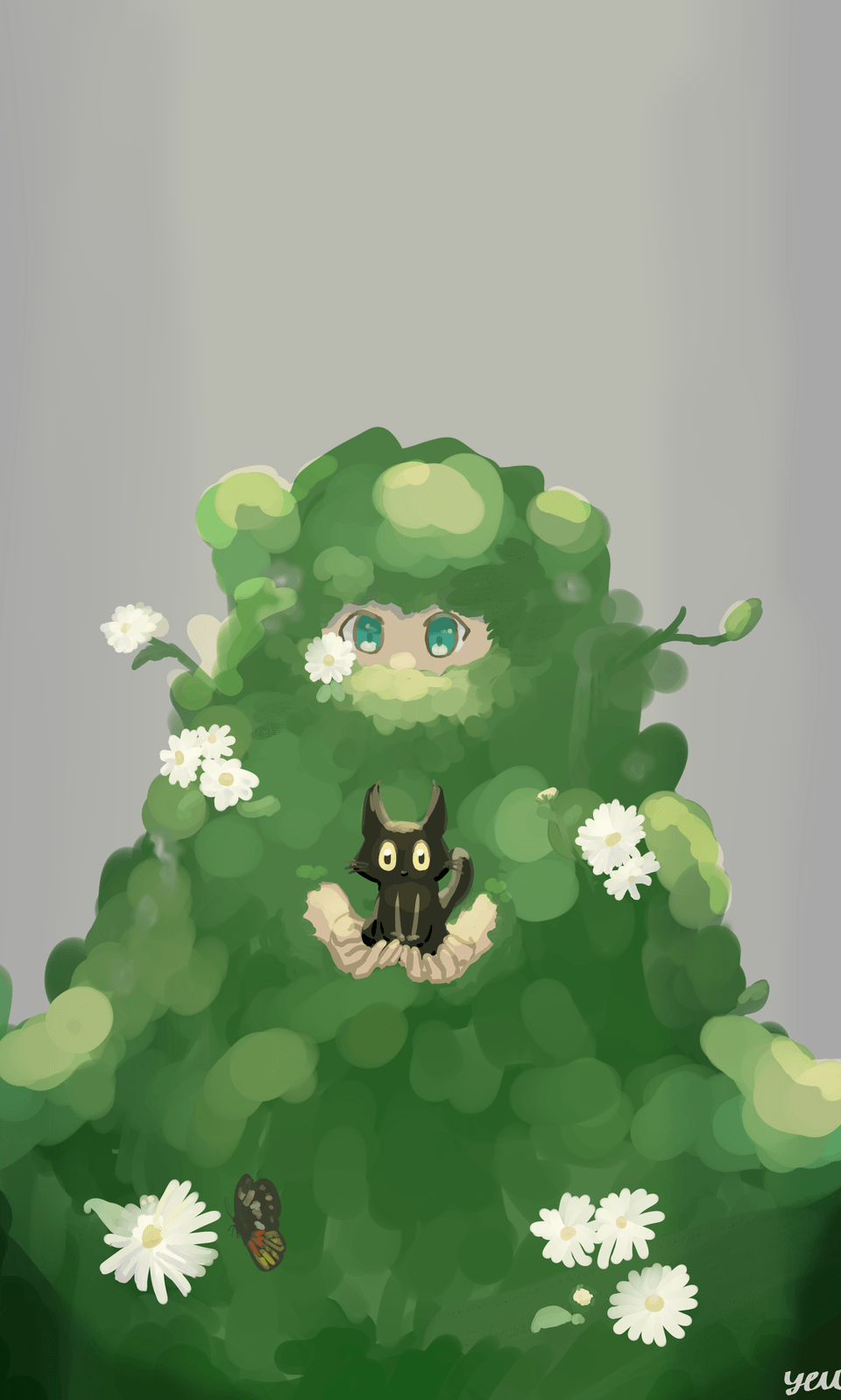Drawing Characters of all Ages
Drawing characters of different ages is easy once you know what you’re doing.
From face proportions, body proportions to aging, this tutorial will provide key points you need to draw characters in different ages.
There's a video version of this tutorial:
Face Proportions
From baby to adult, you can visualize the growth with little changes between each stage.
The distance between hairline to eyes, eyes to mouth and mouth to chin widens as the character gets older.
Baby’s head is round and adult’s oval.
Irises of children are proportionally bigger than adults. From baby to adult, here’s the usual eye standard I use.
Some people have the impression that babies look the same. This is because the most distinct facial feature of a baby is the shape of their eyes.
Nose size, eyebrows and lips volume will change as the character age.
Body proportions
We’ll be using the commonly used head unit for measurement. A head unit is the distance between the top of the head to the chin of a character.
The older a character is, the wider their shoulder and the taller they proportionally are. This holds true for both sexes.
This is the side by side comparison of the growth from infant to adult. The line is based on the adult’s head unit.
The width and height proportions here serve only as a guide. With this guide, you can decide and draw characters with average proportions or the outliers.
For example, a friend of mine in elementary school was already as tall as high schoolers in fourth grade. A college friend of mine is stuck being as tall as middle schoolers. Defying the standard can make the characters more memorable.
Of course, following the guide works very well in most, if not all, context.
Aside from height, adults obviously have bigger hands compared to children.
Same goes with feet.
Aging
Aging come in stages. I’d like to give a ten year gap between each stages.
Here’s how it looks like in practice.
It works for chibi characters too. To keep the character looks cute, you might want to reduce the wrinkles. Chibi style doesn’t go well with too much details.
Wrinkled skin folds, which is visible in certain angles. It might be a nice detail to add to your character.
The shape of the wrinkles on the forehead depends on the eyebrows movements.
Not only the face, the skin of other body parts wrinkle and sag too. Like the upper arm and hands.
Older people can also shrink and hunch because of lowered bone density.
Facial hair, can make a guy look older than he actually is. The more, the older.
Hair loss is also associated with aging, especially for men.
Other Tips
Aside from physical differences, there’s generation gap. Fashion changes over time and some people stick to fashion trends they grew up with, so there can be hairstyle and clothing differences between older and younger generations.
Age appropriate clothing and items also can be used. For example, baby onesie, pacifier and bib are only worn by babies.
Same goes for walking sticks and walkers, which are associated with senior citizens.
You can also choose to defy stereotypes to make your character more interesting.
Timelapse
When drawing baby to adult, you need to focus on: eyes, eyebrows, face length and nose.

For aging, just follow the guide from before.

Before:
After:
Take the elderly posture from before and move the mid and lower parts of the torso out.
Instead of looking like a curve, hunchback is shaped more like a reversed three.

Result:
Outro
That’s it for now! I hope you find drawing characters in various ages easier after reading this tutorial.
Thank you for reading, I'll see you next time!
























Comentario